Paul Anthony MSc, BSc
Psychologist | Life Coach | Mindfulness Teacher |
Hypno-Psychotherapist | Reiki Master Energy Healer

Thrive Reiki Services
Choose an accredited, qualified practitioner: It’s essential to select a qualified Reiki practitioner who has completed the necessary training with a Reiki Master Teacher, following the traditional, in-person attunement process. This enables them to support others not only emotionally and personally, but also in their spiritual growth. To ensure a practitioner is properly trained, insured, and meets national standards, you can check the CNHC and find me on the register at www.cnhc.org.uk, by click here here.
Treatment: Receive Reiki in the calm and comfort of Paul’s home, on a professional Reiki bench. Thrive2Thrive sessions use universal energy to ease stress, release emotional blockages, and restore balance, supporting your journey toward greater peace and vitality. Whether you're new to Reiki or deepening your practice, our personalised approach nurtures your well-being. For more details about what to expect in a session, please see below.
Watch me at work:

The meaning of Reiki and what to expect during treatment
1. What is Reiki?
Reiki is an energy healing practice that originated in Japan in the early 20th century. The term "Reiki" combines two Japanese words:
Rei (Universal Wisdom, Source, or Divine)
Ki (Universal Life Force energy)
It is based on the concept that life energy flows through all living beings, and disruptions in this energy flow can cause physical, emotional, or spiritual imbalances. Developed by Mikao Usui in the 1920s involves placing hands lightly on or near the body to balance energy flows.
Reiki emphasises five principles for mindfulness: avoiding anger and worry, being grateful, working diligently, and showing kindness.
As such, it is non-religious, gentle, and often used in conjunction with conventional medical treatments.
2. What to expect in a Reiki session
Before your session, Paul will discuss your needs, answer any questions you may have, and determine whether you prefer hands-on or hands-off treatment. You’ll remain fully clothed, lying on a therapy bed or sitting comfortably. Loose clothing is best, with a blanket or calming music optional.
Sessions last about an hour, plus 15 minutes for settling in and reflection. Paul works intuitively with Reiki energy to release blockages and restore balance. The treatment is gentle, non-invasive, and tailored to your needs.
During Reiki, you may feel warmth, tingling, coolness, see colours, or notice emotional and physical release. Afterwards, Paul will share reflections and guidance. Rest, hydration, or sleep can support the healing process.
Distance healing is also available, with support to create a comfortable space at home.
Many people experience immediate calm after just one session, while three to five sessions often lead to more profound transformation. Reiki promotes relaxation, balance, and a deeper connection with yourself.
3. Reiki hand position
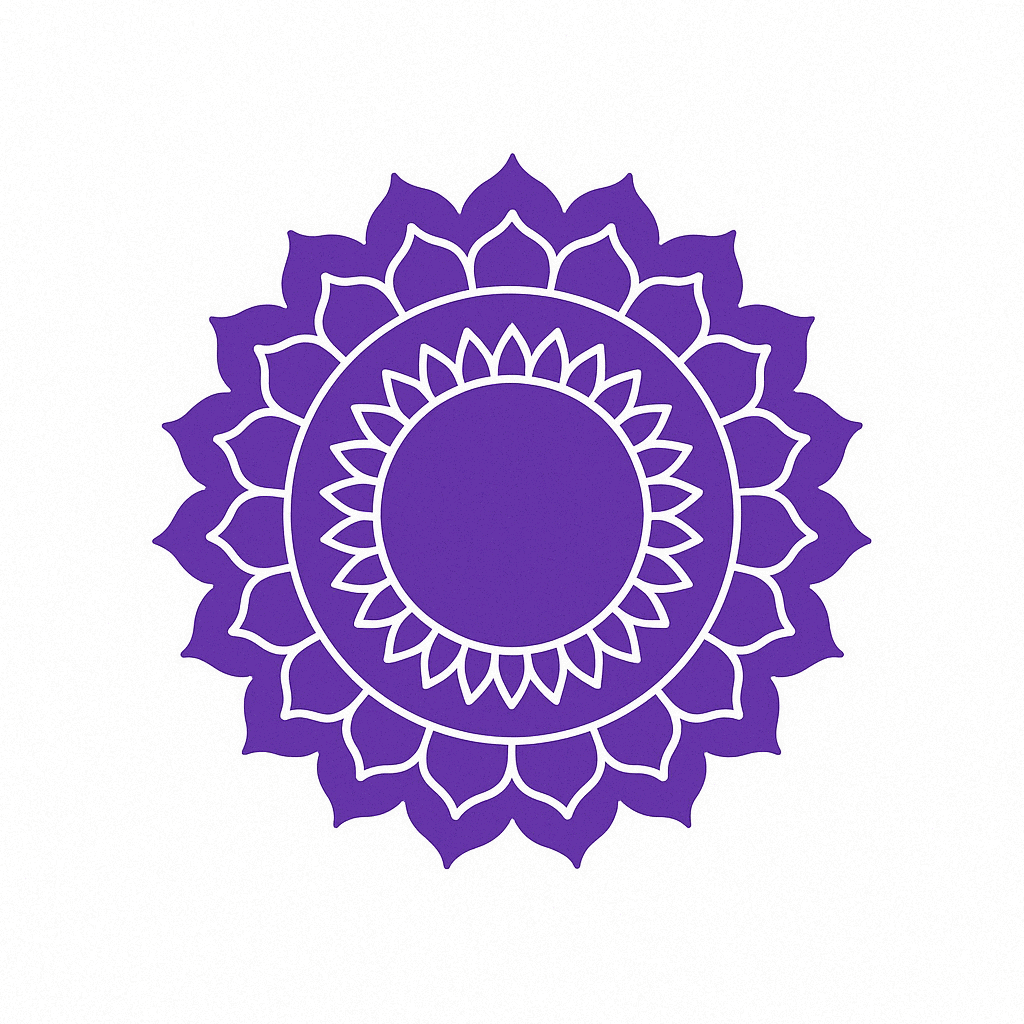
Crown Chakra (Sahasrara)- Top of Head
- Position: Hands hovering over or lightly touching the crown of the head.
- Alternative: Hands slightly above, allowing energy to flow through.
- Purpose: Spiritual connection, higher consciousness, enlightenment.



Ear Chakras – Energy Centers Around the Ears
- Position: Hands gently on or hovering above the ears, covering both sides of the head.
- Alternative: One hand on each ear or slightly cupped without touching.
- Purpose: Enhances intuition, deep listening, balance, and clears energetic blockages in communication.



Third Eye Chakra (Ajna) - Forehead / Between the Eyebrows
- Position: Hands placed lightly on the forehead (covering the third eye area).
- Alternative: One hand on the forehead, the other supporting the back of the head.
Purpose: Intuition, insight, wisdom, spiritual awareness.
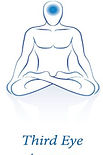


Throat Chakra (Vishuddha) - Throat & Neck
- Position: Hands gently resting on either side of the throat or hovering just above.
- Alternative: One hand is on the throat, and the other supports the back of the neck.
- Purpose: Communication, self-expression, truth.
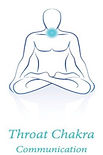

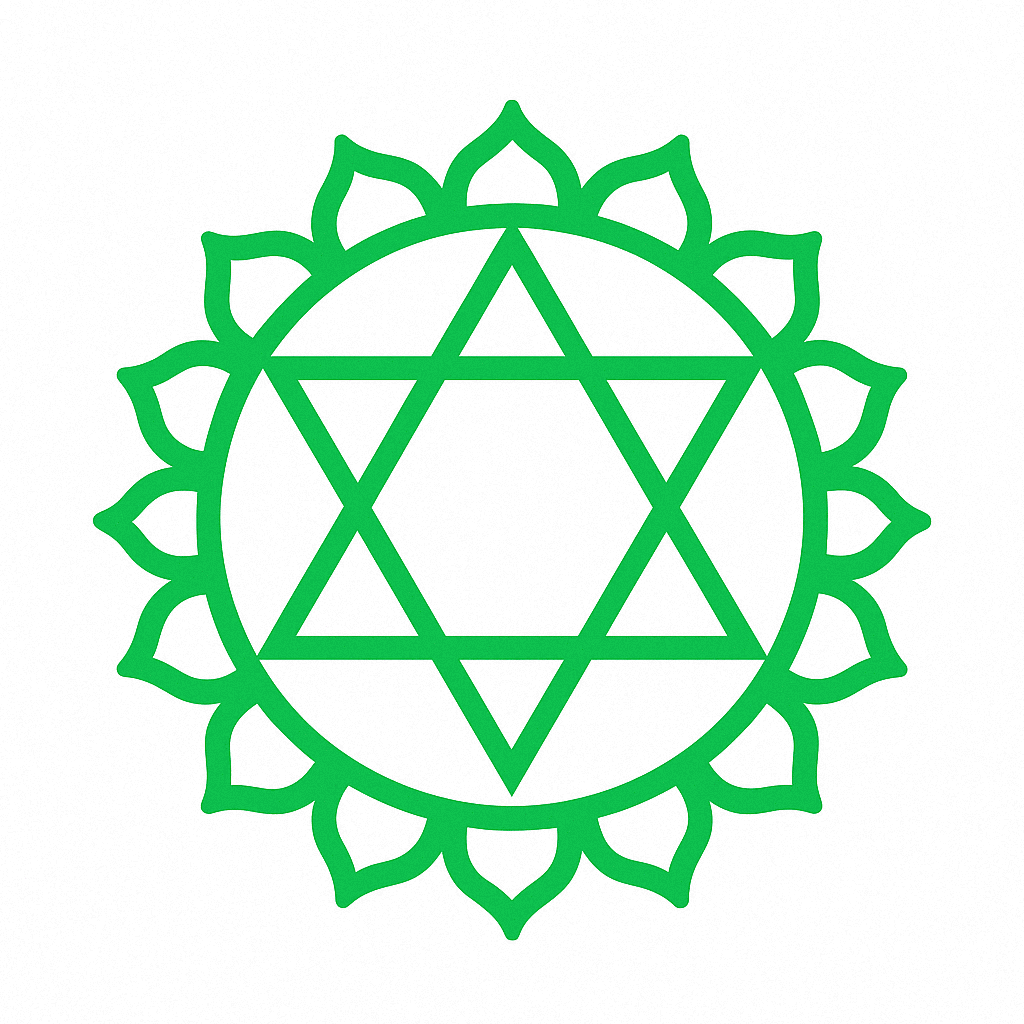
Heart Chakra (Anahata) - Center of Chest
- Position: Hands on the sternum (centre of the chest), covering the heart area.
- Alternative: One hand on the heart, the other on the back.
- Purpose: Love, compassion, emotional healing, relationships.



Solar Plexus Chakra (Manipura) - Upper Abdomen
- Position: Hands placed over the stomach area, between the ribcage and navel.
- Alternative: One hand is at the front, and the other is on the back at the same level.
- Purpose: Personal power, confidence, digestion, motivation.



Sacral Chakra (Swadhisthana) - Below the Navel
- Position: Hands placed two inches below the navel, lightly touching or hovering.
- Alternative: One hand on the lower abdomen, the other supporting the back.
- Purpose: Creativity, sexuality, emotional balance, pleasure.
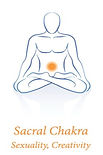
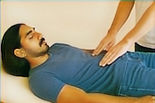
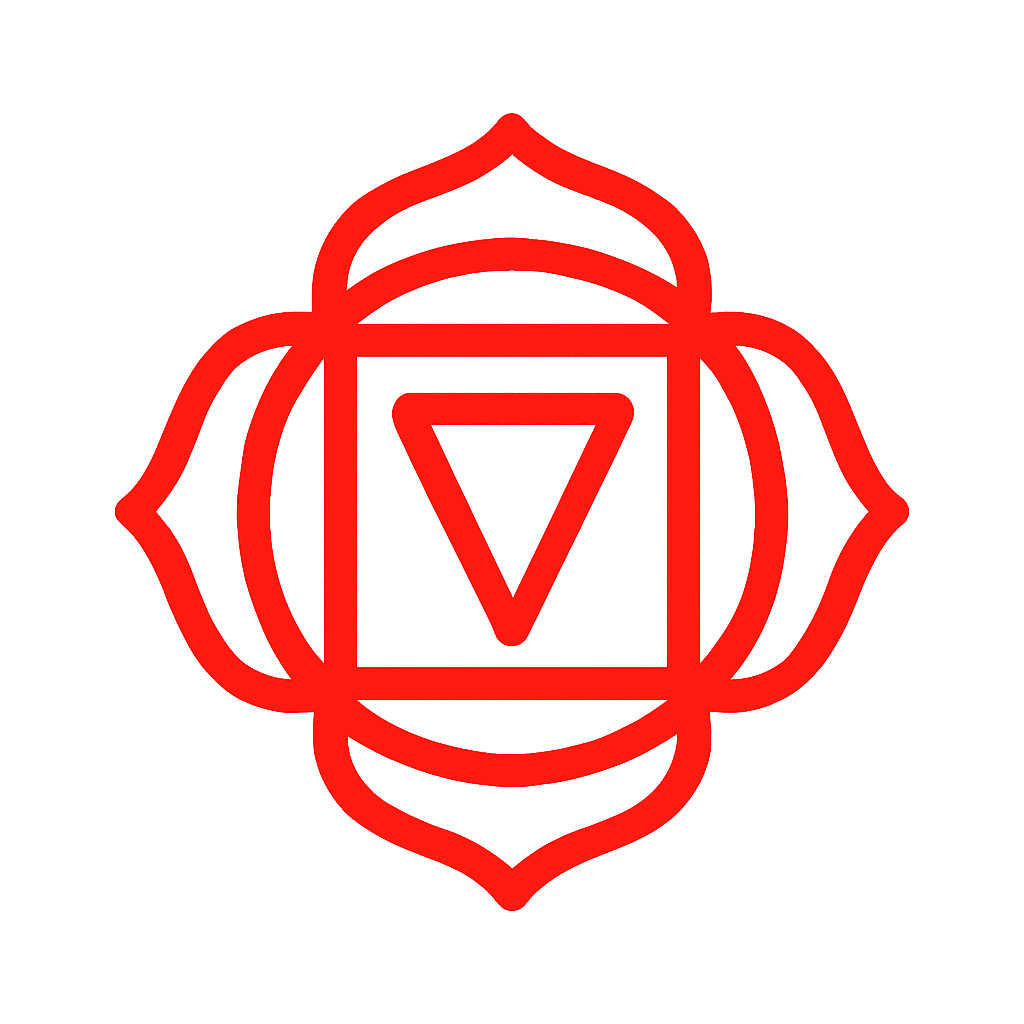
Root Chakra (Muladhara) - Base of Spine / Pelvic Area
- Position: Hands placed at the lower pelvis, near the pubic bone, with palms facing downward.
- Alternative: Hands resting on the hips or hovering just above the perineum area.
- Purpose: Grounding, stability, security, survival instincts.




























